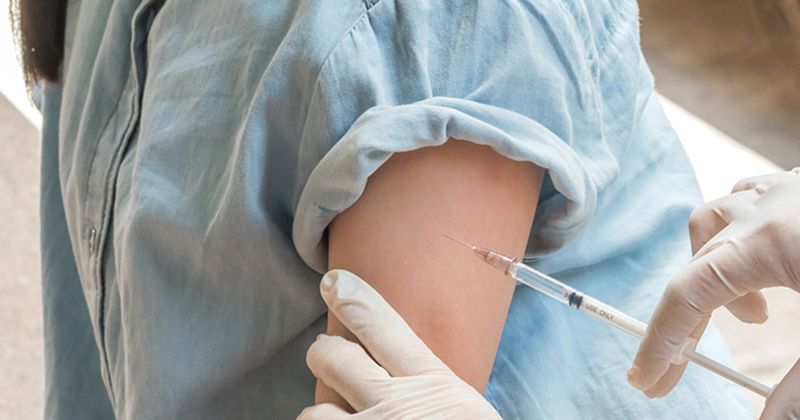COVID-19 infection imparts greater neurological risks than vaccine
Researchers found rare neurological adverse events related to two COVID-19 vaccines, as well as to infection with the virus itself, but concluded the risks are greater among those who were infected, according to a study in Nature Medicine.
“The English National Immunisation (NIMS) Database of COVID-19 vaccination includes data on vaccine type, date and doses for all people vaccinated in England,” Martina Patone, PhD, of the Nuffield Department of Primary Health Care Sciences at the University of Oxford in the U.K., and colleagues wrote. “We linked NIMS, at the individual patient level, to national data for mortality, hospital admissions and SARS-CoV-2 infection data to examine the associations between the first dose of ChAdOx1nCoV-19 or BNT162b2 vaccines and neurological complications: acute central nervous system (CNS) demyelinating events, encephalitis meningitis and myelitis, Guillain–Barré syndrome, Bell’s palsy, myasthenic disorders, hemorrhagic stroke and subarachnoid hemorrhage.

“We use the same population to investigate the associations between a positive SARS-CoV-2 test as a secondary exposure and the same neurological conditions,” they added.
Researchers conducted a self-controlled case series study to examine hospital admissions linked to neurological complications in the 28 days following a first dose of the Oxford/AstraZeneca vaccine (n=20,417,752) or the BioNTech/Pfizer vaccine (n = 12,134,782), as well as after a positive test for SARS-CoV-2 (n = 2,005,280).
Results showed an association between the Oxford/AstraZeneca vaccine and increased risk for Guillain-Barré syndrome (incidence rate ratio [IRR] = 2.9; 95% CI, 2.15-3.92 between 15 and 21 days after vaccination) and Bell’s palsy (IRR = 1.29; 95% CI, 1.08-1.56 between 14 and 21 days after vaccination). The BioNTech/Pfizer vaccine appeared to be linked to increased risk for hemorrhagic stroke (IRR = 1.38; 95% CI, 1.12-1.71 between 15 and 21 days after vaccination). Results from an independent Scottish cohort bolstered the apparent link between the Oxford/AstraZeneca vaccine and Guillain–Barré syndrome (IRR = 2.32; 95% CI, 1.08–5.02 between 1 and 28days after vaccination).
Patone and colleagues noted a significantly higher risk for all neurological outcomes, including Guillain–Barré syndrome (IRR = 5.25; 95% CI, 3–9.18), within 28 days of a positive SARS-CoV-2 test. They estimated 38 excess cases of Guillain–Barré syndrome per 10million people who received the Oxford/AstraZeneca vaccine and 145 excess cases per 10 million people after a positive SARS-CoV-2 test.
“We believe that these findings are likely to be of relevance to other countries using these vaccines, and it would be useful to replicate these results in similarly large datasets internationally,” Patone and colleagues wrote. “Clinicians should be aware of these rare complications, and the findings from this study will be paramount to policy makers in risk–benefit evaluations and health care resource allocation. Importantly, the risks of adverse neurological events following SARS-CoV-2 infection are much greater than those associated with vaccinations, highlighting the benefits of ongoing vaccination programs.”








